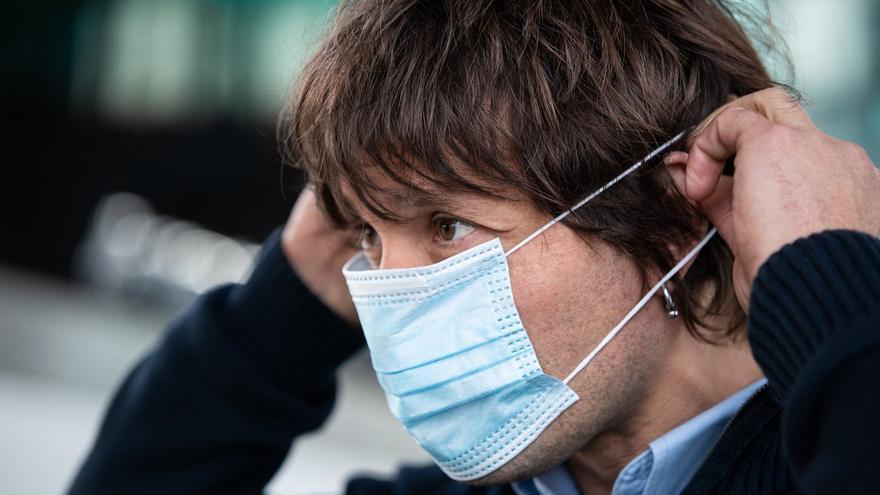In Spain it is not so common, but in the US, every Christmas season, almost 30 million live Christmas trees. Many families enjoy not only having a natural plant inside their homes but also smelling the fragrance it creates. That smell comes from chemicals called volatile organic compounds (VOCs). However, little is known about how much they emit and whether they have any impact on health.
“Our nose is a good chemical sensor,” explains Dustin Poppendieck, an environmental engineer at the National Institute of Standards and Technology (NIST). “We know these trees are emitting something, and so the question is: How big is the source?” We wanted to explore What chemicals are emitted and in what quantityand put that in the context of other sources of chemicals in a home,” he adds.
To answer these questions, Poppendieck and his NIST colleagues chose a Douglas fir, a common type of Christmas tree, and sealed it inside a chamber. They then measured the amount and type of VOCs they emitted over 17 days. They also investigated whether these volatile organic compounds react with other components of indoor air to create new compounds. The team’s findings were published in the journal Indoor Environments.
The fresh smell associated with Christmas trees comes from a group of VOCs called monoterpenes, which are also found in air fresheners, candles, and some personal care products. Outdoors, conifers, the group of plants that includes most Christmas trees, release those monoterpenes and influence outdoor air quality. But little is known about how much monoterpene is released when a tree is cut down and placed inside a house.
Studies also show that monoterpenes can react with ozone. At ground level, ozone is created through chemical reactions with light and can cause symptoms such as cough and throat irritation. It also reacts easily with other chemicals in the air to form new compounds. Therefore, researchers were interested in seeing the effects of ozone in the presence of an indoor tree.
They placed it inside an environmentally controlled chamber, where they were able to measure the chemicals emitted by the tree in real time. Using a technique that can detect organic compounds in the air, known as proton transfer reaction mass spectrometry (PTR-MS), they measured the VOCs emitted over 17 days.
To give more realism to the experiment, the researchers simulated a home environment. They decorated the tree with typical Christmas lighting. and included bright lights to mimic the day-night cycle. They left it in the dark every 12 hours and watered the tree every day. They brought in outside air at the same rate as you would in a home and constantly measured chemicals in the indoor air.
Monoterpenes were the most abundant VOCs emitted by the tree. The researchers detected up to 52 different types of monoterpenes. They peaked during the first day before decreasing significantly on the third day. Its concentration was initially at the same level as a plug-in environment or a newly built house before it rapidly decreased to almost 10 times its original amount, says Poppendieck.
The researchers then injected ozone into the chamber to see how it affected the chemistry of the indoor air. They discovered that ozonoba reacts with monoterpenes, forming byproducts such as formaldehyde, another type of VOC, as well as other reactive chemicals. The concentration of monoterpenes decreased further with the introduction of ozone, while formaldehyde levels increased, which showed an impact on indoor air chemistry. However, the amount of formaldehyde created was relatively small, about 1 part per billion. Typical American homes have formaldehyde concentrations ranging from 20 to 30 parts per billion.
For people sensitive to VOCs, Christmas trees could be a possible cause of watery eyes and noses, especially when they are initially brought indoors. In that case, Poppendieck suggests, opening a window near the tree will reduce exposure. Additionally, freshly cut trees can be left outdoors or in a garage for three days before bringing them into the house, as the intensity of emissions naturally decreases over time.
“But for most people, this shouldn’t be a major concern. “I’m going to continue having a Christmas tree in my house,” says Poppendieck.
Researchers remember that the biggest risk of having a live Christmas tree inside the house is that it stays dry and can become a fire hazard for the home. “Don’t forget to water your Christmas tree every day,” they advise.



